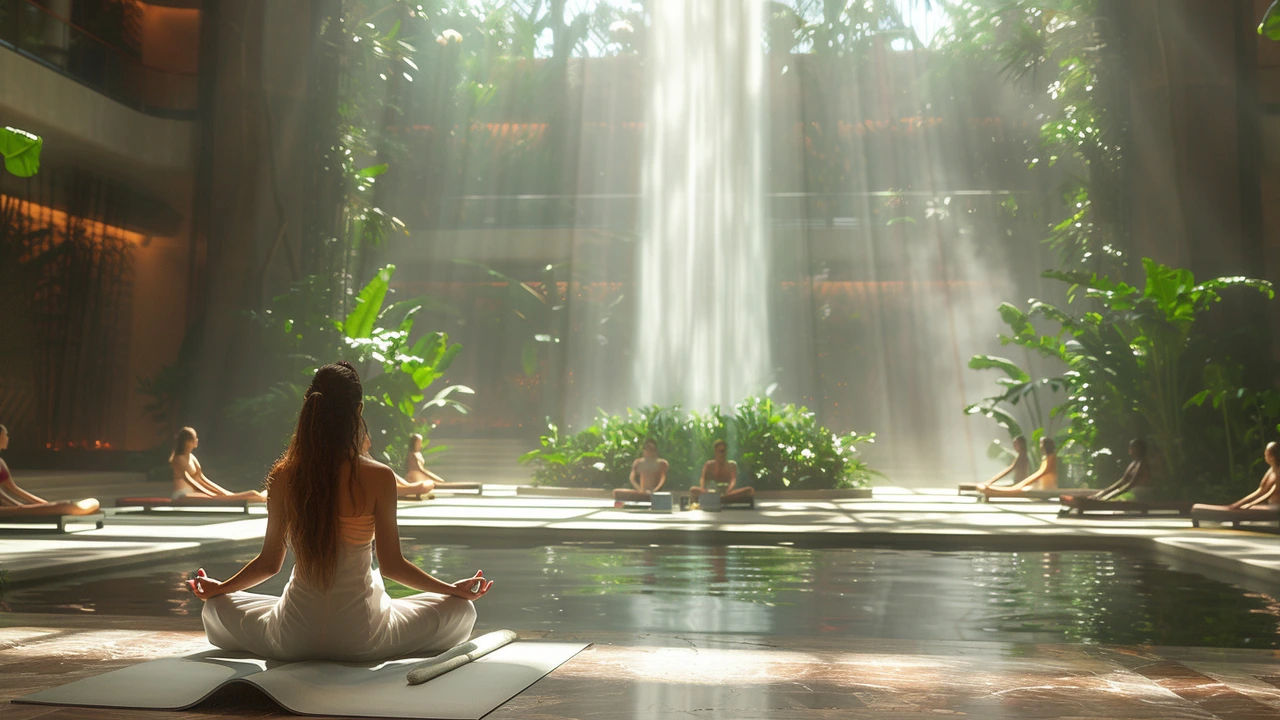Mastering Calmness: Practical Tools to Stay Grounded
You want calm that lasts, not just quick fixes. This page pulls clear, usable tips from our best posts so you can build reliable calm into daily life. Start with one small habit and add the rest over weeks. Below are fast actions and steady routines that really work.
Quick techniques to calm down now
When your chest tightens, try box breathing: inhale four counts, hold four, exhale four, hold four. Repeat until your heart slows. Use grounding: name five things you see, four you can touch, three you hear, two you smell, one you taste. A few drops of lavender or peppermint on your wrist can reduce anxiety fast—check our aromatherapy guides for safe use. If tension is chronic, biofeedback trains your body to relax by showing real-time signals; read our biofeedback pieces to see how sessions feel and what to expect.
Build calm into your day
Morning matters. Start with a short relaxation routine—stretch, breathe, and sip a healthy breakfast shown in our morning meal guides. A consistent zero-phone window for 30 minutes helps keep stress low before work. Schedule micro-meditations: two to five minutes of focused breathing between tasks boosts focus and reduces reactivity, and our meditation posts give kid-friendly and workplace tips. For evenings, dim lights, put away screens, and use a calming scent like chamomile before bed.
Fix habits, not symptoms
Calm is easier when your body supports it. Eat fiber-rich meals to stabilize mood and energy; our gut health guides explain why the gut affects calm. Replace sugar spikes with balanced snacks from our healthy-snacks list to prevent afternoon crashes. Hydrate, move, and get regular sports massage if you train hard—massage helps release built-up tension and speeds recovery.
Create a real plan
Pick three tools you enjoy and commit to them for 30 days. Track sleep, mood, and stress in a simple journal. If work drains you, try small boundary experiments: say no twice a week or block focus time. If stress feels overwhelming, explore biofeedback or creative arts therapies we feature. These are not quick fixes; they train your nervous system to respond differently.
When to ask for help
If anxiety or burnout keeps you from daily life, talk to a professional. Meditation and self-help help a lot, but therapy and clinical interventions are sometimes necessary. Use our posts on burnout prevention and workplace mental health to know what to ask for and how to find support.
Mix techniques for better results. For example, follow a short breathing set, then drink a recovery health juice after workouts to calm nerves and support muscles. Use aroma during meditation to anchor focus. Track which combos work best for you and keep what feels natural. Over time you’ll notice fewer spikes in stress and steadier energy. That steady pace is what mastering calmness looks like. Start today, not tomorrow, for real.
Small habits compound. Start with one change today—a two-minute breath, a calmer morning, a steadier snack—and watch calm grow.

Mastering Calmness: Your Guide to a More Peaceful Life
Hey there, lovely readers! So, I've been diving head-first into this fascinating topic of mastering calmness - let's call it the fine art of chill. Imagine life being as serene as a Zen garden, sounds dreamy right? Well, it's totally achievable, guys! In this guide, we'll explore techniques, like meditation, breathing exercises and even feng shui, to create a peaceful, stress-free life. So stick around, and let's embark on this tranquil journey of mastering calmness together - who knows, we might become as cool as cucumbers!
Read More